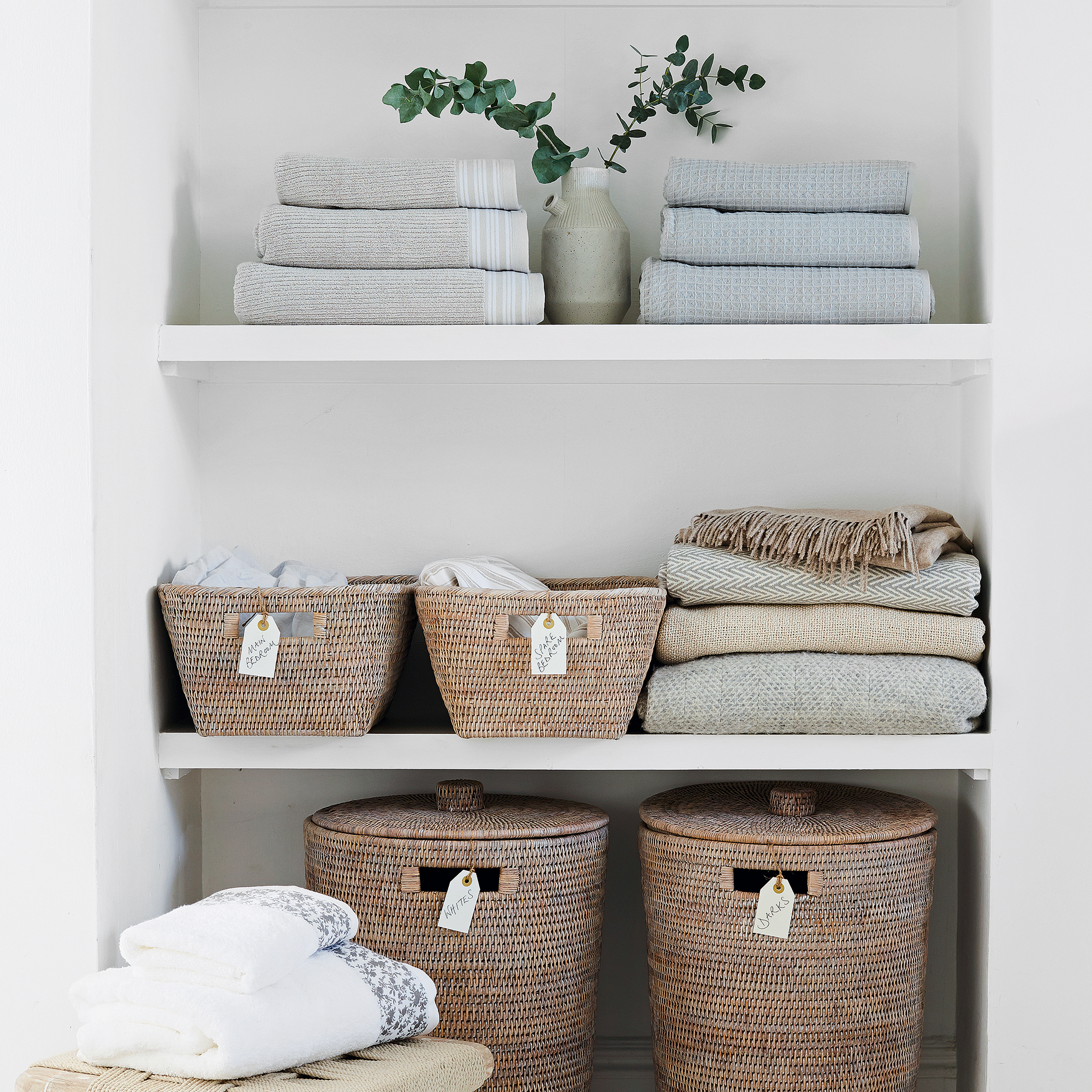
The mission? Get the dirty sheets off and the clean ones on in a few smooth, ninja-like moves… then resume enjoying life. The reality? Pulling out every duvet cover, sheet and pillowcase to find a set that works, stuffing it all back into the cupboard, and then (already a sweaty mess), start wrestling with that fitted sheet.
The aim of the game is to set up a ‘library’ of bedding so you can pull out the right set for the right size bed without even looking. We don’t all have a hotel-sized walk-in linen cupboard to organise for that, though, so some ingenuity is required.
It’s an issue that professional organisers and housekeepers deal with on a daily basis. We asked the best of the best to share the secrets of their sheet-storing systems.
How to organise bedding effectively
It starts with a thorough audit and declutter, then pick ‘n’ mix our experts’ ideas for a bespoke a system to sort and store your bedding that suits the storage space you have.
So whether you have a dedicated cupboard or store your spare duvets, pillows and bed linens bedroom by bedroom, you’ll find ideas worth stealing…
First, declutter your linen cupboard
Start with a quick declutter session then re-sort your linen cupboard. Start by pulling out every item and checking their condition. Anything torn, holey or stained can be thrown away or repurposed as dust sheets, car-boot protectors (if you have a dog) or laundry or shoe bags if you’re handy with a sewing machine.
Put together sets for each bed, comprising a duvet cover, sheet and pillowcases. Look at what’s left over. Anything that’s no longer liked or doesn’t match due to a decor update can be donated. Anything that’s surplus but fits with a set can be kept in a separate pile to grab from in case of emergencies.
How to organise bed linens like an expert
1. Store spare pillows in lidded crates
Alexandra Parker-Larkin, head trainer at Polo & Tweed, a luxury domestic service recruitment specialist in London, advises, ‘If lack of space is a concern, then the best system is to store pillows in large vacuum-sealed bags like these from Lakeland, labelled.
However, long term the best option to avoid them being crushed or damaged is large plastic container like these from The Range.
These protect the pillows from moisture, odours and general dirt and dust. Always ensure pillows are clean before storing them because germs can and will harbour.’
2. Fold spare duvets in cotton bags
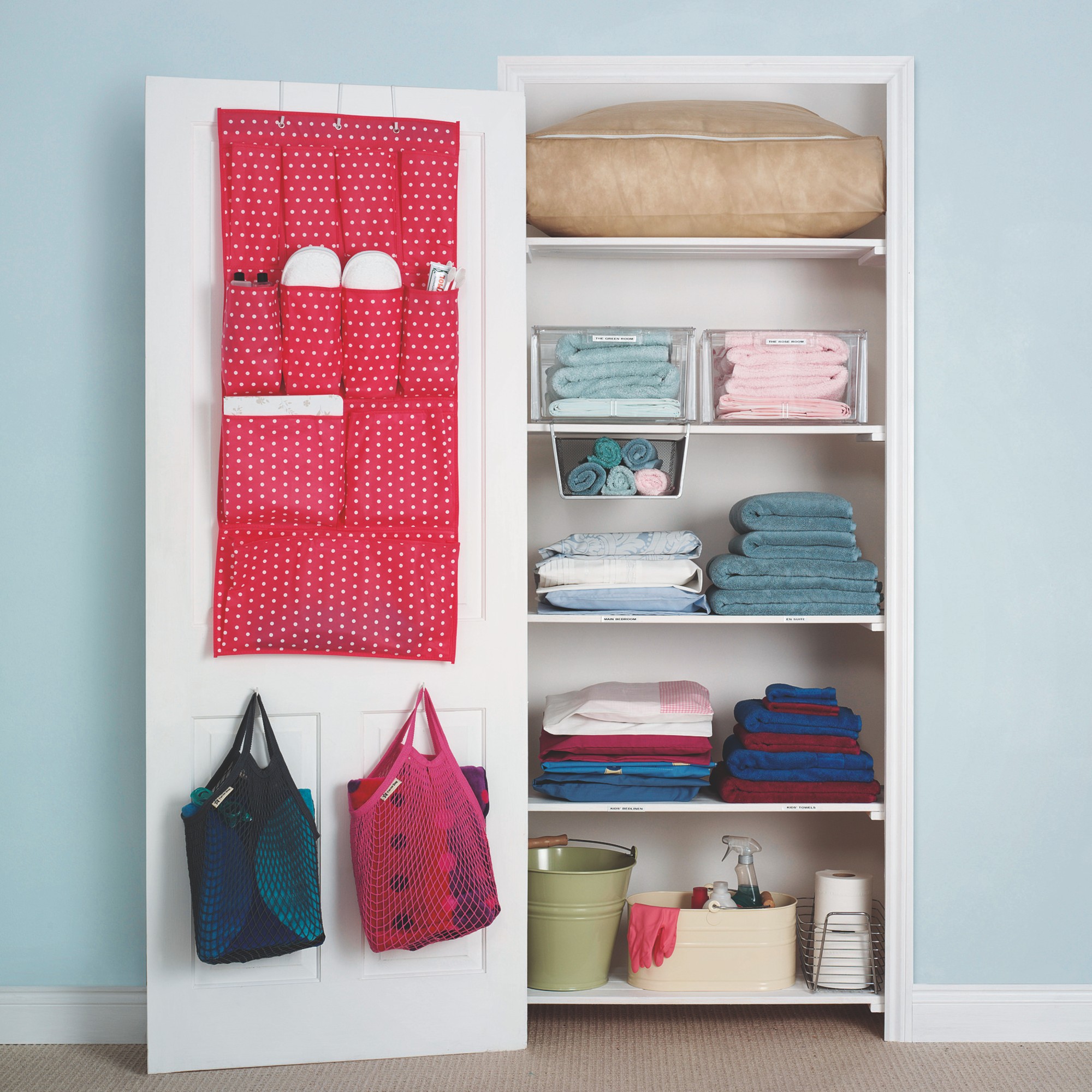
Alexandra Parker-Larkin says, ‘Cotton bags (which you'll find at retailers such as Soak&Sleep) are best for duvets because they prevent dust getting in but also keep them aired. However, if the place they’re stored might have moisture, opt for plastic storage.'
'Always ensure they are clean and dry before storing. The easiest way to fold duvets for storage is to lay them out on a bed, fold the top and bottom to the centre and repeat, then fold into the middle, and repeat.'
'This way, when you take the duvet out you can put it on the centre of the bed and reverse the process.’
3. Write on the sizes
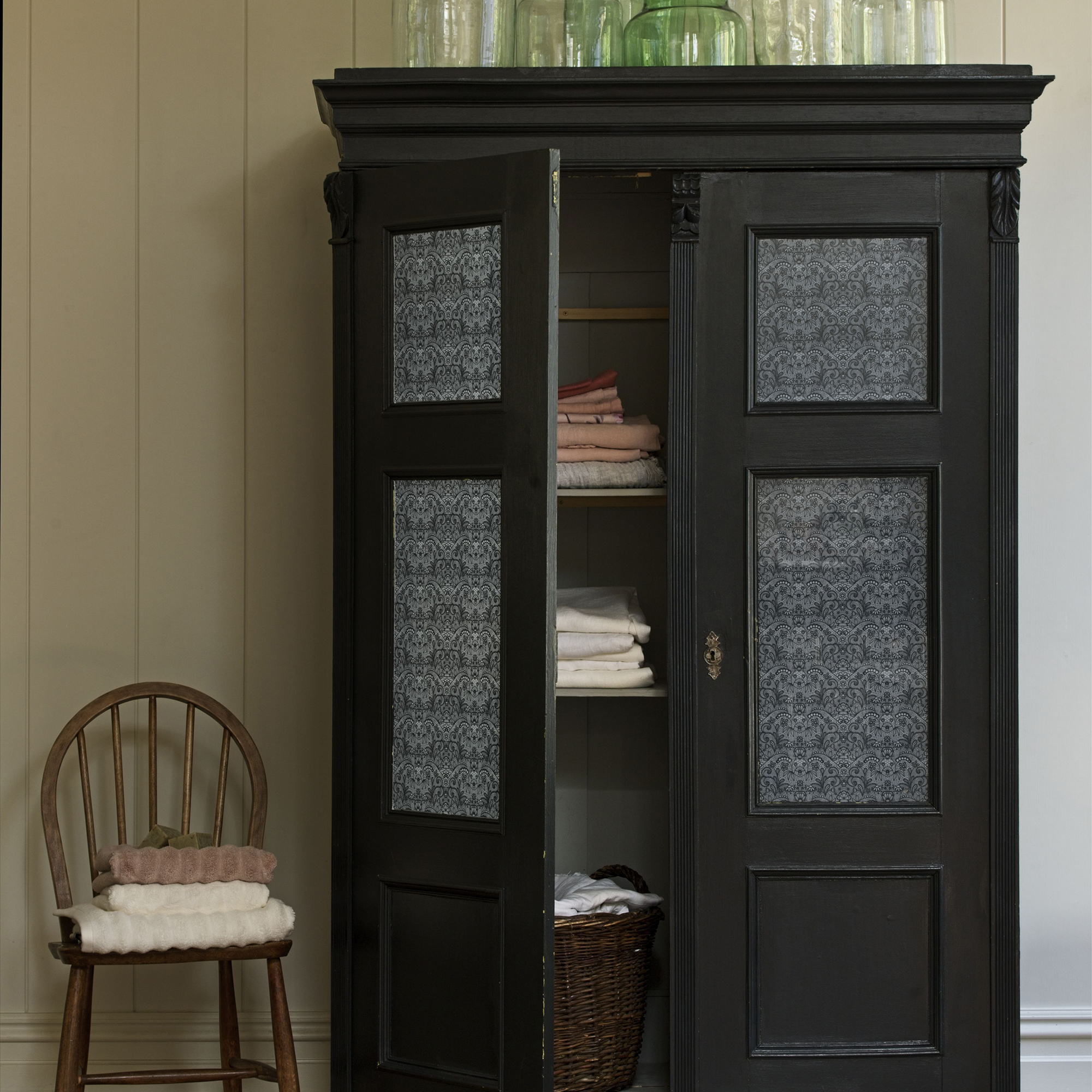
Professional organiser Katherine Blackler explains, ‘If you have differing bed sizes, take a moment to write on the duvet, fitted sheet and flat sheet labels with a laundry marker pen like this one from The Range what size they are.
This takes the guesswork out of it, especially if you have white bed linen for every room. I’m a big fan of having different colours for different rooms, so it’s clear whose is whose from the get-go.'
4. Vacuum pack bedding for the long term
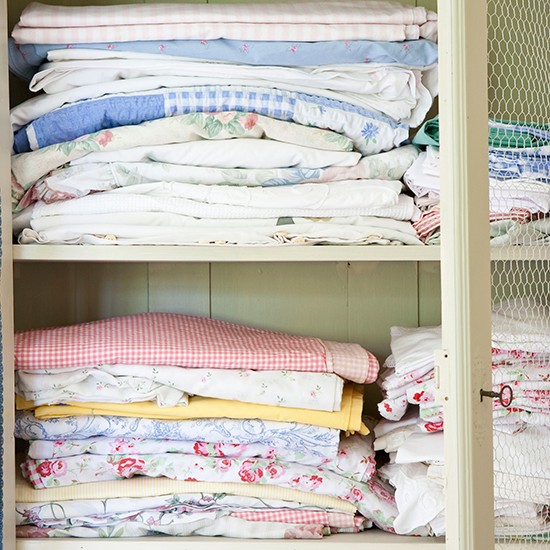
Vacuum packing bedding is a great solution for fleece bedding, Christmas sets and very high or low TOG duvets that are stored more than they are used.
Katherine Blackler says, ‘Just remember to include a large label indicating its size and TOG rating (and ideally which bed it belongs to if it’s half of a popper-connected all-season duvet).'
'Put this inside the bag before you start to vacuum it. Those bags become uneven when compressed and it’s tricky to stick labels to the outside, so this saves you guessing in six months’ time.’
5. Bundle bed linen sets together
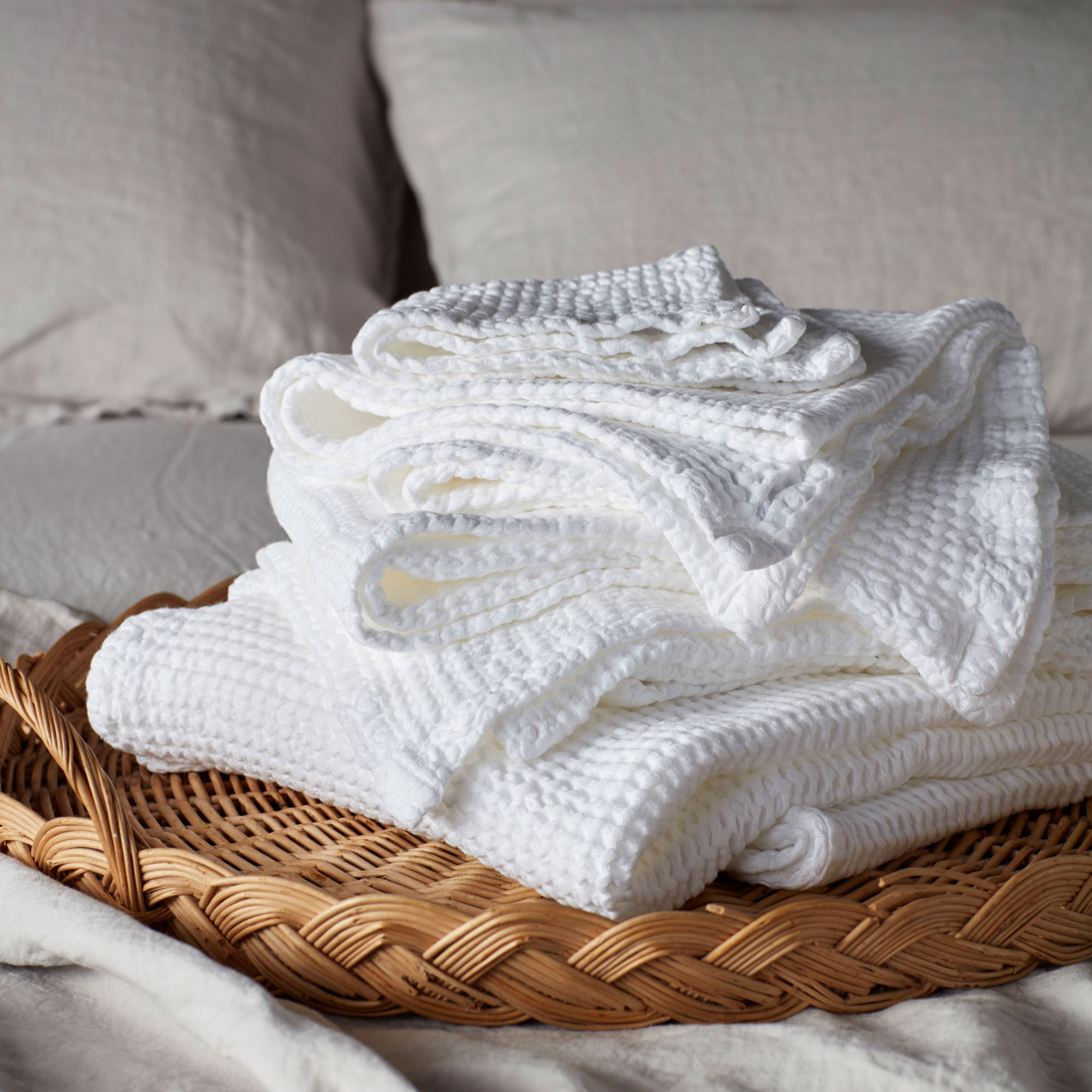
Alexandra Parker-Larkin says, ‘It’s best to store items in sets for each room. Many people use this system for holiday lets and tie sets with coloured ribbon.’
Katherine Blackler adds, ‘Some people like to wrap up an entire bed-linen set into one pillowcase to make a neat, easy-to-grab bundle on changeover day.’
Alexandra suggests, ‘Fold linens with as few folds as possible so when they go on the bed they look smooth and fresh. A linen mist such as this Cashmere scented spray from The White Company not only makes them smell fresh but helps to smooth out creases if you go over them with the palms of your hands after spraying.’
6. …or store stacks of each item
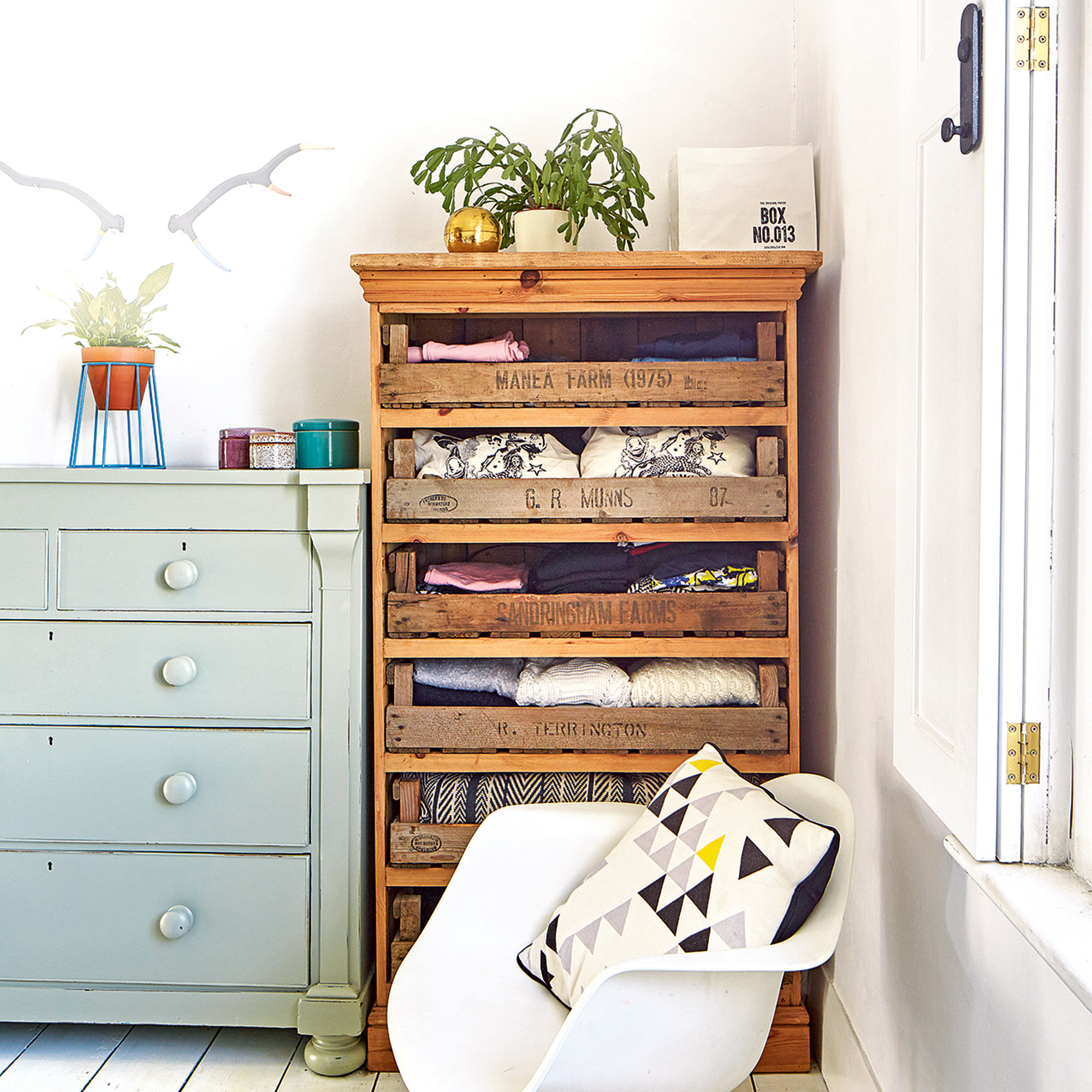
Katherine Blackler explains, ‘Many people don’t have matching bed-linen to be able to store supplies in sets, or they have young or unwell members of the household who perhaps soil part but not all of the bedding.'
'Those homes would be better storing their duvet covers in one pile, fitted sheets in another and just grabbing from each one when it’s needed to remake the bed.’
Shop the essentials
FAQs
What is the best way to store extra bedding?
Professional organiser Chrissy Halton advises, ‘I like to keep bed linen accessible for the person who’s sleeping in that bed because you never know when it may need to be grabbed.
Either a cupboard on the landing (so everyone can access it without waking anyone else up) or under that specific bed are the ideal solutions. I have heard of people storing linen under the mattress itself but this would have to be flat enough not to cause lumps in the mattress.’
How to store linens without a linen cupboard?
If you’re not lucky enough to have a built-in, or space for a dedicated free-standing piece, professional organiser Janine McDonald has these ideas: ‘Any bedding which is not currently in use, say Christmas and winter bedding, can be folded and placed in a vacuum bag.’
These can easily be fitted standing upright in a wardrobe or slipped under the bed. This might trigger a decluttering or reorganising session to make space for bedding.
‘For the current cycle of bedding,’ she continues, ‘I suggest keeping whole bedding sets together, placed inside one of the pillowcases. It can then be kept under the bed in divan drawers or an under-bed storage box like this from Dunelm.’
How many sets of bedding should you have?
Professional organiser Sue Spencer reveals, ‘The majority of my clients are happy to have one spare set of bedding for each bed. That way you can pop a new set on when you have one in the wash. If you have young children, it’s a good idea to keep another extra set in case of a mishap in the middle of the night. If you have room, you could also make space for a seasonal Christmas set.’
Check our where to buy bedding guide before shopping.







